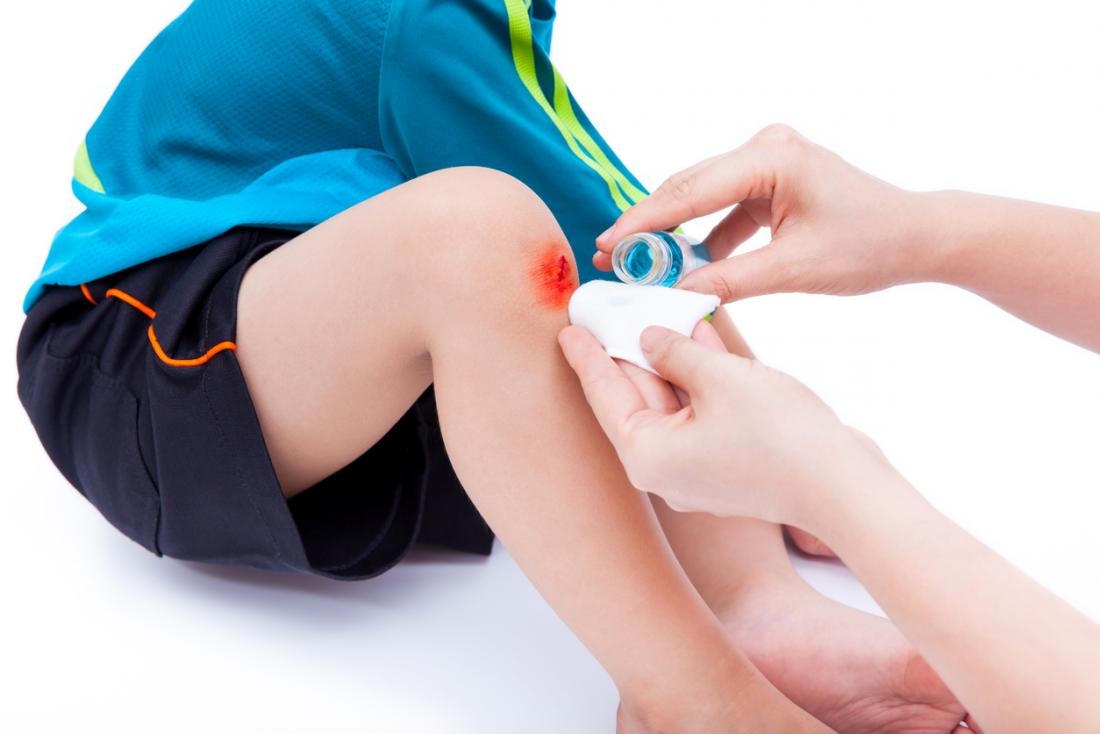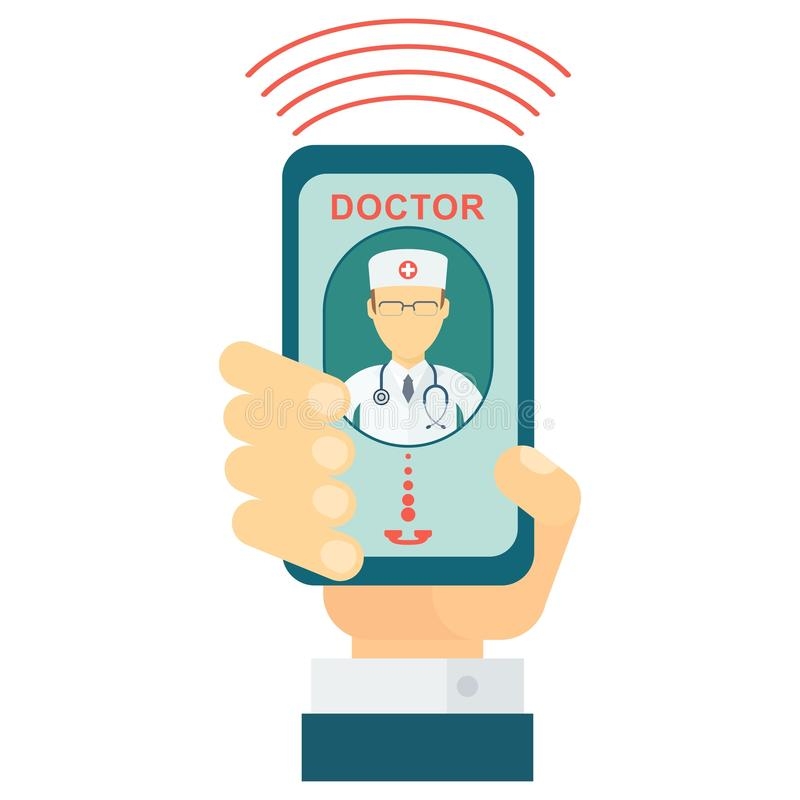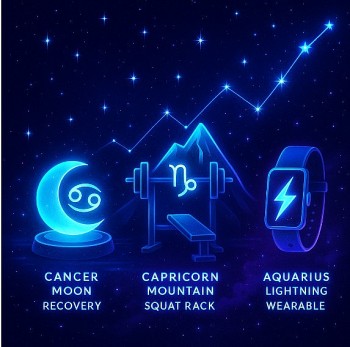Quick TIPS for Bleeding Wounds - Injuries: 3 easy Steps
 |
| First aid for bleeding wounds. Photo: Medical News Today |
How to Stopping Bleeding - Basic First Aid: 3 Easy Steps
Before proceeding with any home remedies, it is important to administer first aid on the cut or wound. If the cut is not too deep, cleaning it thoroughly and applying pressure on the wound should stop the bleeding in less than a minute.
Step 1. Apply direct pressure on the cut
With clean hands, apply direct pressure on the bleeding cut for 10 minutes. It’s even better if you can place a clean cloth, paper towel or piece of gauze over the wound and then apply pressure to stop the bleeding.
For those that bleed more easily should hold firm pressure on the wound for 20-30 minutes without lifting or peaking at the site during the firm pressure.
Step 2. Clean the wound with water
Prior to cleaning or dressing the wound, ensure your hands are washed to prevent contamination and infection of the wound.
Gently rinse the wound with clean, lukewarm water to cleanse and remove any fragments of dirt, e.g. gravel, as this will reduce the risk of infection.
Step 3. Place an ice cube over the cut to reduce bleeding and seal the wound
Place an ice cube over the cut to constrict the blood vessels and reduce the bleeding. This will also give time for the blood to coagulate and seal the wound.
Don't got get to call the doctor if the bleeding does not stop or if the wound is deep.
Minor Injuries
Sometimes injuries that aren’t traumatic or painful can bleed a great deal. Nicks from shaving, scrapes from falling off of a bike, and even pricking a finger with a sewing needle can result in excessive bleeding. For minor injuries such as these, you’ll still want to stop the injury from bleeding. A sterilized bandage or Band-Aid, antiseptic spray, and a healing agent such as Neosporin can all be helpful in treating these injuries and preventing future infection.
Even with a minor cut, it’s possible to have nicked an artery or blood vessel. If bleeding is still occurring after 20 minutes, medical attention is needed. Don’t ignore a wound that won’t stop bleeding just because it looks small or isn’t painful.
When to Call a Doctor
 |
| Photo: Dreamstime |
The wound is deep or the edges are jagged or gaping open.
The wound is on the person’s face.
The wound has dirt or debris that won’t come out.
The wound shows signs of infection, such as redness, tenderness, or a thick discharge, or if the person runs a fever.
The area around the wound feels numb.
Red streaks form around the wound.
The wound is a result of an animal or human bite.
The person has a puncture wound or deep cut and hasn’t had a tetanus shot in the past five years, or anyone who hasn’t had a tetanus shot in the past 10 years, according to Webmb.
When Should You Apply a Tourniquet?
The simple answer: almost never. Tourniquets severely restrict or occlude blood flow to the arm or leg to which they are applied. Using a tourniquet to stop bleeding has the potential to damage the entire arm or leg. Patients have been known to lose limbs from the use of tourniquets.
Often, if a tourniquet doesn't cause a loss of function on the extremity which has it, then it probably wasn't applied correctly. Applying a tourniquet is a desperate move—only for dire emergencies where the choice between life and limb must be made.3
Using a tourniquet requires wrapping a cravat (nonstretchy material like terry cloth or linen) around an extremity and tightening it with the use of a windlass stuck through the bandage (see photo).
The tourniquet should be tightened until the wound stops bleeding. If there is any bleeding at the wound after placing a tourniquet, then the tourniquet must be tightened.
When a tourniquet is applied, it is important to note the time of application and write that time down somewhere handy.
| Regardless of how severe, all bleeding can be controlled. If left uncontrolled, bleeding may lead to shock or even death. Most bleeding can be stopped before the ambulance arrives at the scene. While you're performing the steps for controlling bleeding, you should also be calling for an ambulance to respond. Bleeding control is only part of the equation. |
Bleeding Emergencies
Before you begin to treat an injury, you should identify its severity as best you can. There are some situations in which you shouldn’t try to administer any kind of first aid at all. If you suspect that there’s internal bleeding or if there’s an embedded object surrounding the site of the injury, immediately call 911 or your local emergency services.
Also seek immediate medical care for a cut or wound if:
- it’s jagged, deep, or a puncture wound
- it’s on the face
- it’s the result of an animal bite
- there’s dirt that won’t come out after washing
- the bleeding will not stop after 15 to 20 minutes of first aid
If a person is bleeding profusely, be on the lookout for symptoms of shock. Cold, clammy skin, a weakened pulse, and loss of consciousness can all indicate that a person is about to go into shock from blood loss, according to the Mayo Clinic. Even in cases of moderate blood loss, the bleeding person may feel lightheaded or nauseous.
If possible, have the injured person lie down on the floor while you wait for medical care to arrive. If they are able, have them elevate their legs above their heart. This should help circulation to the vital organs while you wait for help. Hold continuous direct pressure on the wound until help arrives.
Wounds: First aid do’s
- Help the person to remain calm. If the cut is large or bleeding heavily, have them lie down. If the wound is on an arm or leg, raise the limb above the heart to slow bleeding.
- Remove obvious debris from the wound, such as sticks or grass.
- If the cut is small, wash it out with soap and water.
- After putting on clean latex gloves, apply firm pressure to the wound with a folded cloth or bandage for about 10 minutes. If blood soaks through, add another cloth or bandage and continue putting pressure on the cut for an additional 10 minutes.
- When bleeding has stopped, tape a clean bandage over the cut.
Wounds: First aid don’ts
- Don’t remove an object if it’s embedded in the body.
- Don’t attempt to clean a large wound.
- When first applying the bandage, don’t remove it to look at the wound during this time. It may begin bleeding again.
 How to Treat Covid-19 (Coronavirus) by Natural Remedies How to Treat Covid-19 (Coronavirus) by Natural Remedies The coronavirus (COVID-19) sounds dangerous, and for some people, especially those with underlying conditions. But most people will likely have a mild coronavirus case and ... |
 Safe Home Remedies for Mild Burns Safe Home Remedies for Mild Burns Burns is one of the most common household injuries. When your skin gets hit by something hot, you'll immediately think of what to put on ... |
 What are home remedies to treat cold What are home remedies to treat cold There are a number of home remedies that can help you treat cold and get you back to normal. Knowinsider is going to introduce you ... |























